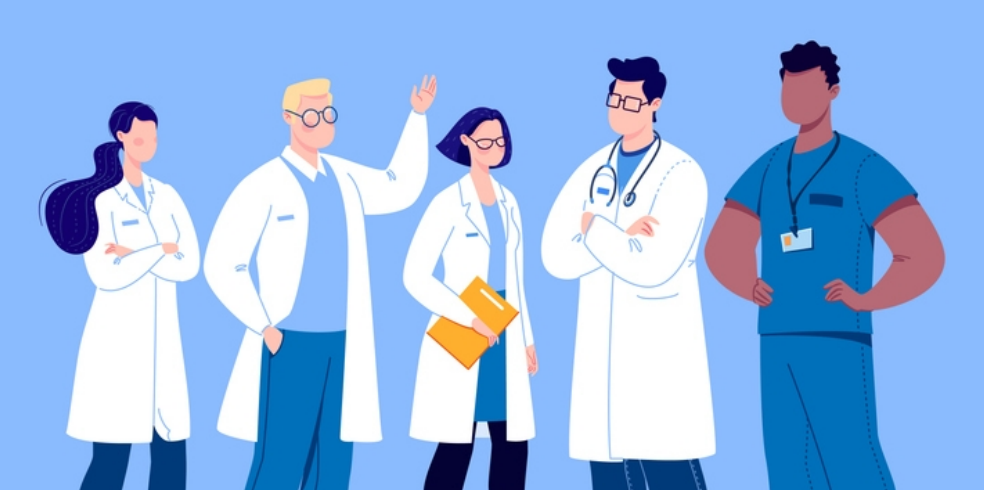Blue Light Exposure: Should You Be Concerned?
What you need to know about screen time and your health
Blue light is a natural part of sunlight and helps regulate our sleep-wake cycle. But in today’s screen-filled world, we’re exposed to it far more than past generations, especially in the evening.
Research shows that too much blue light at night can mess with our melatonin, which helps us sleep. A 2014 Harvard study published in PNAS found that evening screen use suppressed melatonin twice as much as green light and delayed the body’s internal clock by up to three hours. It’s also tied to poor sleep quality and difficulty falling asleep.
Too much screen time can also cause digital eye strain. Think dry eyes, blurry vision, and headaches. While there’s no solid proof that it damages your eyes long-term or causes macular degeneration, it can definitely leave them feeling tired. But not all blue light is bad. During the day, it can boost mood and alertness and even help with seasonal depression. It’s all about timing.
Here are my top recommendations to help balance blue light exposure:
- Prioritize natural light during the day to support your sleep-wake cycle.
- Use screen filters or “Night Shift” mode after sunset to reduce blue light exposure.
- Consider blue light–blocking glasses if you’re on screens for long hours, especially in the evening.
- Follow the 20-20-20 rule: Every 20 minutes, look at something 20 feet away for 20 seconds.
- Avoid screens 1–2 hours before bed to allow melatonin levels to rise naturally.
So, don’t panic. Just be smart. Use screen filters at night, cut down on late-night scrolling, and give your eyes regular breaks. Blue light isn’t the enemy, but managing it makes a difference.
Have questions about screen habits and eye health? Reach out; we’re here to support you on your wellness journey.
Beat the 2 p.m. Slump
Why it hits, and how to fight back
That foggy, low-energy feeling that creeps in around 2 p.m. is something we’ve all felt. Whether on your feet all day or behind a desk, this “afternoon slump” is a normal dip in energy tied to your body’s internal clock. Even if you slept well, your circadian rhythm naturally slows you down in the early afternoon.
But certain habits can make it worse. A lunch loaded with sugar or refined carbs can spike and crash your blood sugar, leaving you even groggier. Dehydration can also sneak up on you, causing fatigue without warning. And while caffeine might seem like the answer, a late cup of coffee can interfere with your sleep later on, making tomorrow’s slump even harder.
As a nurse , I see time and time again how small changes can make a big difference. Choose a lunch with protein, fiber, and healthy fats to steady your energy. Drink water regularly; don’t wait until you feel thirsty. If you can, step outside or take a brisk walk. Just 5–10 minutes of movement or sunlight can reset your energy and focus. My personal favorite is a 10-20 minute power nap, which can give you the reset you need to kickstart the rest of your day. If you’re stuck indoors, even standing up to stretch or doing deep breathing can help.
The afternoon slump doesn’t mean you’re doing anything wrong; it’s your body’s biological rhythm that can be managed with a bit of awareness and planning. With small, intentional choices around nutrition, movement, hydration, and light exposure, you can stay sharp, alert, and ready to finish the day strong.



